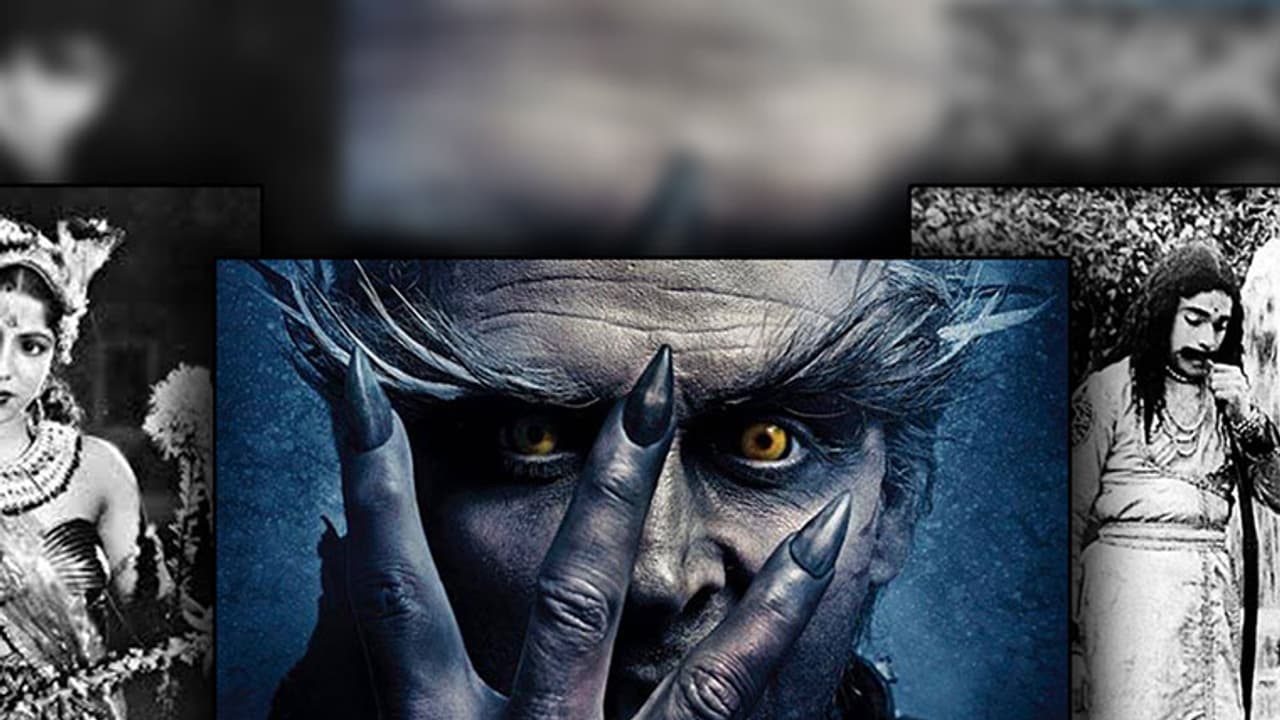The changing trend in cinema is the key to the changing trend in youth culture. While heroes of today set the culture the mass follows, there was a time when movies were seen for their moral lessons and religious significance. Youth follow their heroes and the ideologies they portray in movies.
Superstar and people's hero Rajinikanth, who attended the grand audio launch of his upcoming 3D sci-fi entertainer "2.0", rued that the youngsters are losing their roots and are forgetting their culture. However, on second thoughts, what strikes our mind is the fact that in South India- where cinema is considered a way of life- is showing them the way.

Interestingly, there has been a stark change in the culture and the tradition that cinema portrays, which inadvertantly depends on the audience base and the receptibility of the plot. The tradition of South Indian film industry can be dated back to the era of silent films. However, the plot of the movies were mainly historical or mythological that rightfully captured the mood and the demand of the era.
For instance, Keechaka Vadham, is considered to be the first Tamil film by the Madras Production, was produced in the 1920 and dealt with the mythological story of the death of Keechaka. Similarly, films by Raghupathi Venkaiah Naidu and his son R. S. Prakash dealt with religious themes like Nandanar, Gajendra Moksham, and Matsyavatar and were centered on religious figures, parables, and morals.
Kannada film, Sati Sulochona and Bhakta Dhruva set the stepping stone in Kannada talkies. Again dealing with the concept of religious virtues and mythological characters, the movies were widely accepted by the audience.
The transition
The first signs of transition in South Indian films came with the production of family dramas in 1951 when the society was already reeling under the pressure of new-found independence and dysfunctional households as a result of it. In the same year Jeevitha Nouka was produced in the form of a musical drama which spoke about the problems in a joint family.
Earlier films like Prema Vijayam, Vandemataram and Maala Pilla were released in Telugu. Touching on societal problems like the status of Untouchables and the practice of giving dowry, Telugu films increasingly focused on contemporary living: 29 of the 96 films released between 1937 and 1947 had social themes.
Politics started seeping into the themes of movies with the onset of modernisation and technological advancement. Rural areas received electricity and the South Indian societies were undergoing immense political turmoil. Family drama, although still caught the attention of the mainstream audience, it was now ridden with complicated relationships and socio-political and economic influences.
Th willingness to fight these evils like dowry and corruption began finding their place in films. The much-acclaimed Tamil film Anniyan is a case in point. Released in 2005, the plot centres on a disillusioned everyman whose frustration at what he sees as increasing social apathy and public negligence leads to a split personality that attempts to right the system. Vikram stars as Ramanujam, an idealistic, law-abiding lawyer who suffers from multiple personality disorder and develops two other identities: a metrosexual fashion model Remo and a vigilante serial killer named Anniyan.
Thus followed films dealing with women's issues and the rights of women, which included Irudhi Suttru, Inji Iduppazhagi and Amma Kanakku, which had strong women characters. Incidentally, the films started paving the though processes of the audience. While political social awareness was one thing, the audience started building their own ideologies as per the movies they saw.
Hero-worshipping and the youth culture
Rajinikanth or actor Vijay could well be considered youth icons. There was a time when Rajinikanth's style statements were followed by the youth and his dialogues were a commonsay. Similarly, actor Vijay's power-pact performance in the film Mersal has set the standards for the youth of today. They romance the way their heroes romance their lead actresses, they believe in standing for their own and other's rights, because that inadvertantly is the call for the day.
In such a situation, when Thalaivar says that the youth are disconnected from their tradition, we ask are they really? Or are they just disconnected from the past because the present situation demands a more aware mind and an action-oriented persona. Add to it, the western influences on films in the south. From the songs to the costumes to the usage of technology, the film industry has successfully created an illusion for the youth of today. So, let's not judge the book by its cover and just flow with the enigma that Indian cinema has in store for us.
